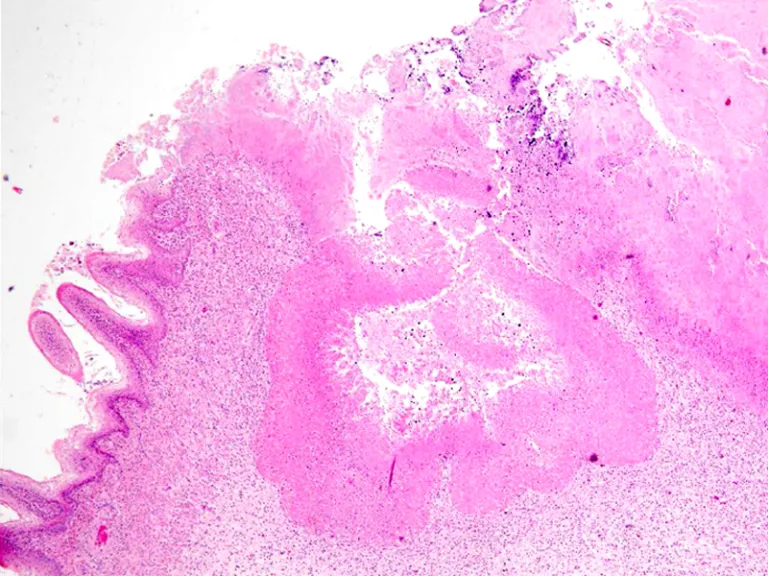Matrix metalloproteinase 9 expression in canine mammary carcinomas
DOI:
https://doi.org/10.24070/bjvp.1983-0246.009009Keywords:
canine, extracellular matrix, mammary tumor, MMP-9, prognostic markersAbstract
Mammary neoplasms are among the most common canine tumors, with high risk of invasion and metastasis. Important steps for these events are the loss of cell adhesion to the main tumor mass and extracellular matrix degradation. Matrix metalloproteinases (MMPs) are proteolytic enzymes containing zinc, which are capable of degrading and remodeling the surrounding extracellular matrix, facilitating these events. Involvement of MMPs has been demonstrated in many pathological processes, as well as in human and canine tumors, which has been related to malignancy and prognosis. The aim of this study was to characterize the immunohistochemical expression of matrix metalloproteinase 9 (MMP-9) in canine mammary gland tumors, as well as to verify its relation with the different histologic patterns. Thirty-one of the 41 tumors (75.61%) were positive. Twenty-two samples (70.97%) had diffuse cytoplasmic immunostaining and 9 (29.03%) had a finely granular pattern. Immunostaining intensity was strong in 21 (67.74%) tumors and weak in 10 (32.26%). No statistically significant differences were found between anaplastic carcinomas, carcinomas in a mixed tumor and simple carcinomas regarding positivity (p=0.9707), intensity (p=0.5386) and staining pattern (0.6135); between solid carcinomas and simple papillary carcinomas for positivity (p=0,7333), intensity (p=0.7333) and staining pattern (p=0.3037); or between solid carcinomas and simple tubular and papillary carcinomas for positivity (p=0.9682), intensity (p=0.8450) and staining pattern (p=0.5068). MMP-9 was detected with variable intensity and morphological patterns of cytoplasmic staining. However significant statistic differences were not found between the histological types or histopathological grades.


